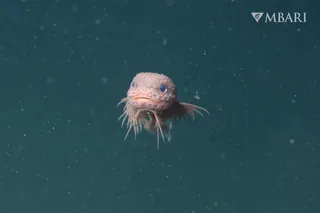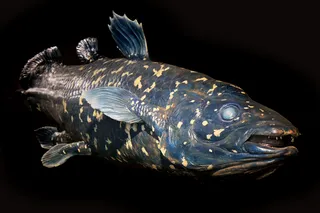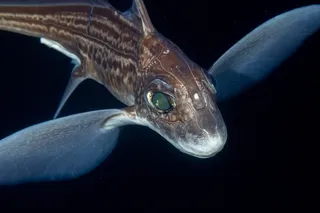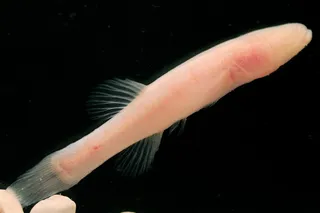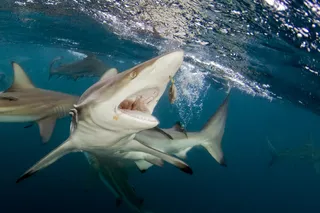This story was originally published on August 4, 2022.
A snorkeler off the coast of Cornwall recently experienced a minor bite in the leg from a blue shark while with the tour group, Blue Shark Snorkel.
These cases are extremely rare, but they can happen, even in the U.K. The victim could walk off of the rescue boat, according to the BBC, and stated, "I don't for a second want this freak event to tarnish the reputation of an already persecuted species.”
The blue shark could be the most wide-ranging shark species on the globe, migrating to temperate and warmer waters all year round. If you're curious about the blue shark, here are some things you need to know.
Blue sharks get their name because they are, well, blue. Sometimes referred to as the great blue shark, they have a slender frame and a protruding cone-shaped snout. Their dorsal fin ...






